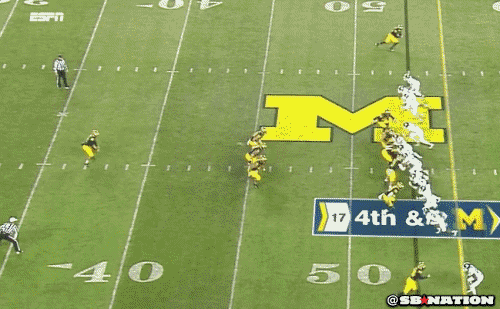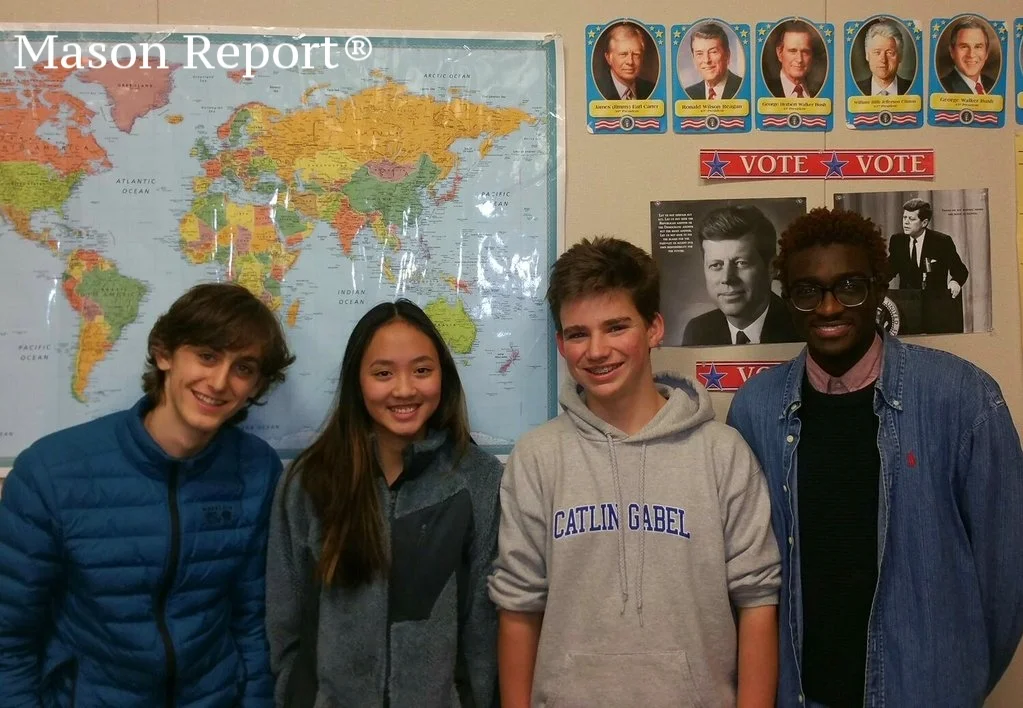Mary Jane Patterson
Mary Jane Patterson 1840 - 1894
When we understand the importance of education, we recognize how consequential Mary Jane Patterson is to the history of education in the United States. Patterson, the daughter of Henry Patterson, who escaped from enslavement, became the first Black woman to earn a bachelor’s degree in the U.S.
Due to the dangers imposed by the 1850 Fugitive Slave Act (which incentivized the kidnapping of Black people to sell them back into slavery), the Patterson family was forced to move north. They settled in Oberlin, Ohio, where Henry Patterson and Mary Jane’s older brother thrived as masons.
In 1835, Oberlin College became the first co-educational college in the States to admit Black students. The college’s policy allowed Patterson along with her younger siblings to attend. After her history-making graduation, Patterson fought for women’s rights and taught briefly in Ohio before her teaching career took her to the east coast.
Patterson taught for four years at the Philadelphia Female Department of the Institute for Colored Youth. Patterson’s work ethic earned her the opportunity to teach at the Preparatory High School for Colored Youth, later known as Dunbar High School in the nation’s capital. Patterson served as Dunbar’s first Black principal.
Patterson’s leadership and devotion to high standards helped the school adopt new traditions, including commencement ceremonies and the creation of a teacher training department. Patterson’s story is a testament to Black excellence. The courage of Mary Jane Patterson and her family should inspire Black educators everywhere.
























